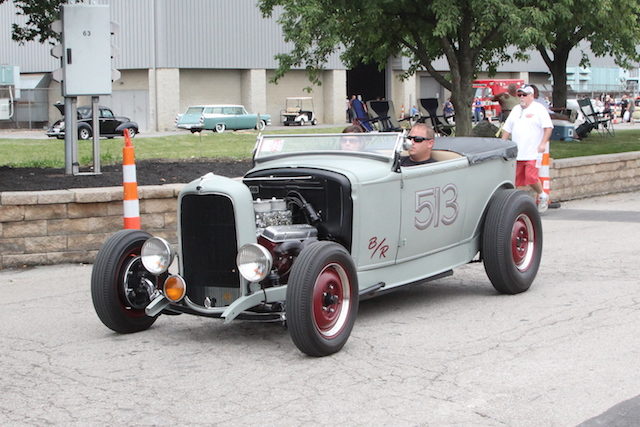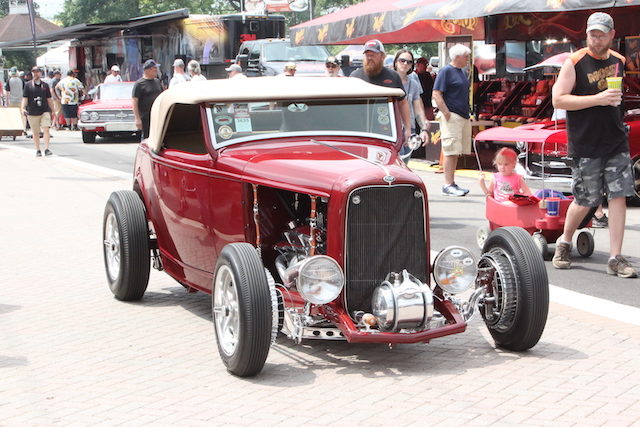So far in our weekly series on body styles we have covered Barchettas [2], Berliners and Broughams [3], and Business Coupes [4] (Yes, we are going in alphabetical order), and most recently the Club Coupe [5], with traditional definitions of each. This week’s topic is less defined as the others in this series, existing in a gray area encompassed by the umbrella of the term “convertible.” What exactly is a convertible and where did the term come from?
Convertible
Convertibles have often been referred to as “drop tops” or “drop heads.” Some are tagged with the marketing term “all-weather,” or “transformable,” and many are addressed by the unflattering colloquial slang “rag-top” and “soft-top”. The convertible body style traces its roots back to the Phaeton horse drawn carriages and automobiles that were light fast and open air style carriages without weather protection.
Once tops were added for protection against the elements, the marketing term “convertible” was used to describe the new body style. Typically these removable tops were fabric stretched over an articulated frame that folded down for open air driving. Detachable hardtops and retractable hardtops have also been developed, and many cases more popular than the fabric based tops. For the purposes of definition, any car with a top that is removable or retractable for open air driving can be considered a convertible.
Pros And Cons
Convertibles have never offered great break-in protection against theft, but in earlier times this seemed to less of an issue. Potentially reduced safety has been a concern among many automotive experts when the topic of convertibles is brought up. Car owners that keep their cars for extended periods found that convertible tops could be considered consumable as the sun beat down and deteriorated their fabric tops.
As speeds climbed with more powerful vehicles, convertible owners found other ailments that were disadvantages in the convertible body style. Scuttle shake, reduced aerodynamics, and wind noise were often blamed for those that disliked the convertibles. For the fans of retractable tops, there was nothing better than the feeling of open air driving.
There have been several sub-categories of convertibles used by automotive marketers to entice the public to purchase a new automobile for the luxury of driving in the open air. Convertible Coupes, Convertible Roadsters, Convertible Sedans, and Convertible Victoria have all earned their subsection under the convertible heading – Each with their own particulars.
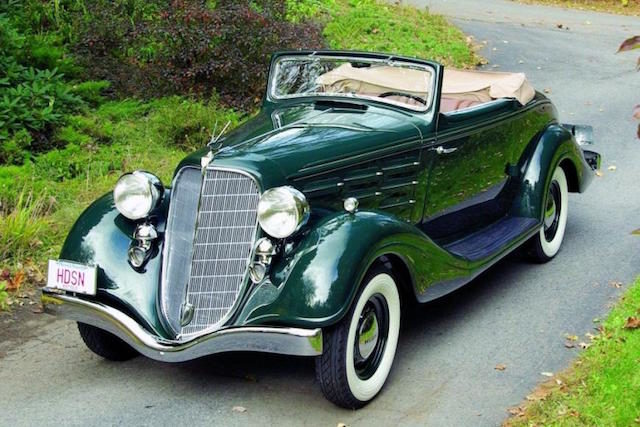 [8]
[8]Convertible Coupe. Photo from www.hemmings.com. [9]
Convertible Coupe
A convertible coupe was typically a two-door auto with roll-down windows and folding top.
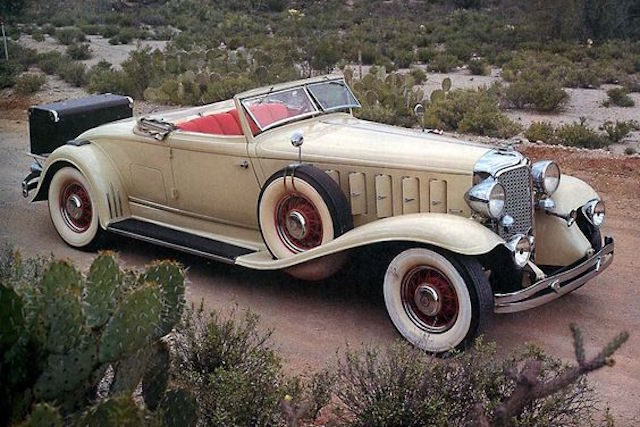 [10]
[10]1932 Chrysler Imperial CL Convertible Roadster. Photo from www.pinterest.com. [11]
Convertible Roadster
This term was used by auto manufacturers to emphasize the sporty nature of a two-door convertible with permanent windows, despite the roadster tag. Traditional roadsters do not have side glass and this was simply a marketing ploy.
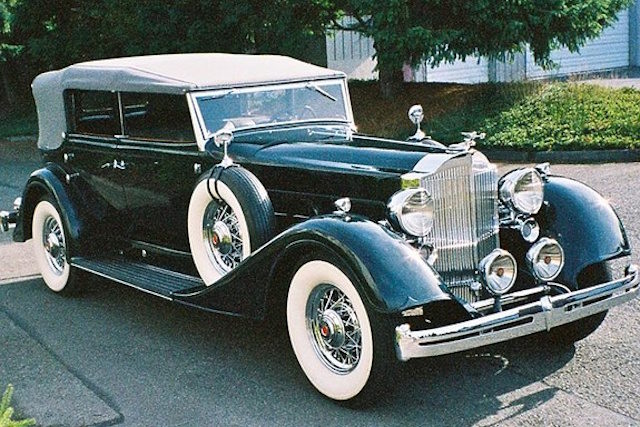 [12]
[12]Convertibel Sedan. Photo from www.pinterest.com. [13]
Convertible Sedan
Convertibles with four-doors and larger passenger compartments were labeled as convertible sedans.
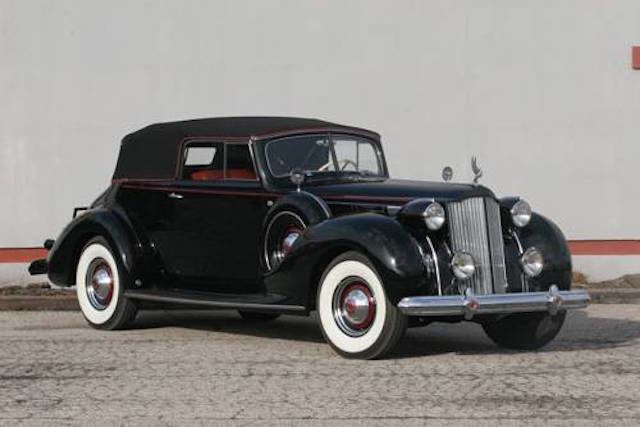 [14]
[14]Convertible Victoria. Photo from www.hemmings.com. [15]
Convertible Victoria
This was simply a two-door, four passenger convertible with a single window on each side.
No matter what you call them, a convertible is fun to drive if you love the wind in your hair. Stay tuned for our next article on body styles as we continue on with this weekly series.

